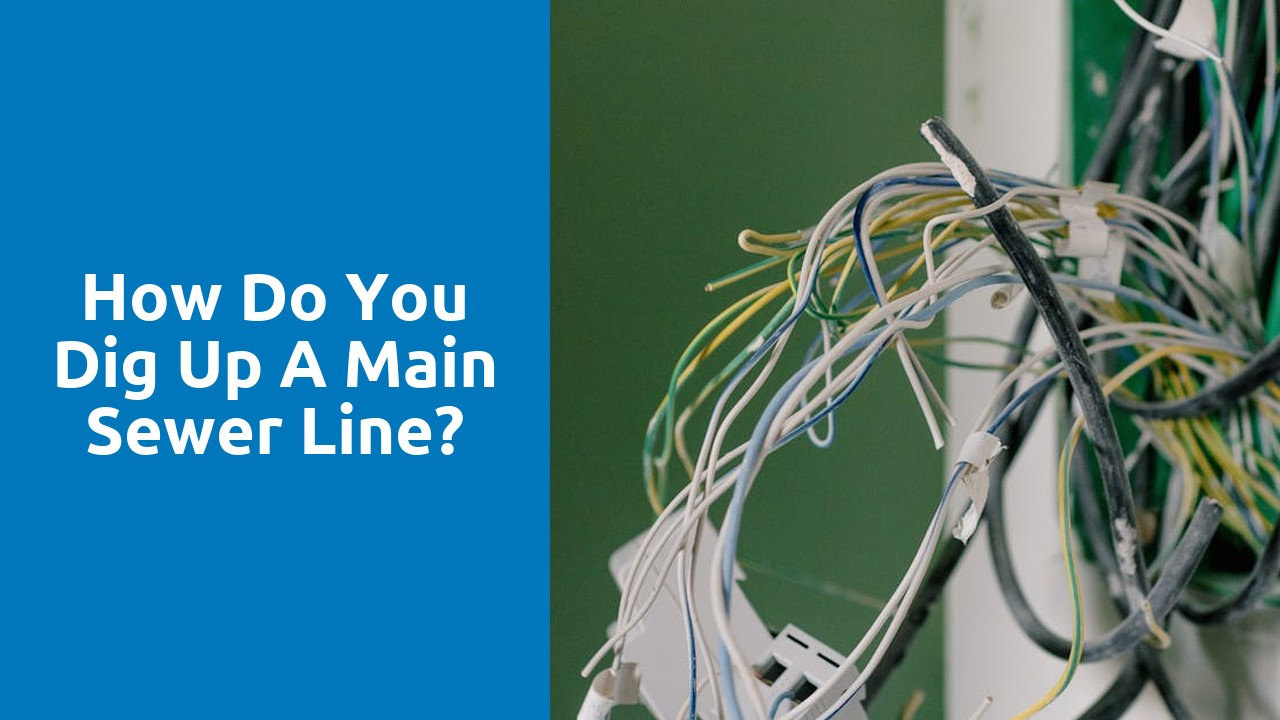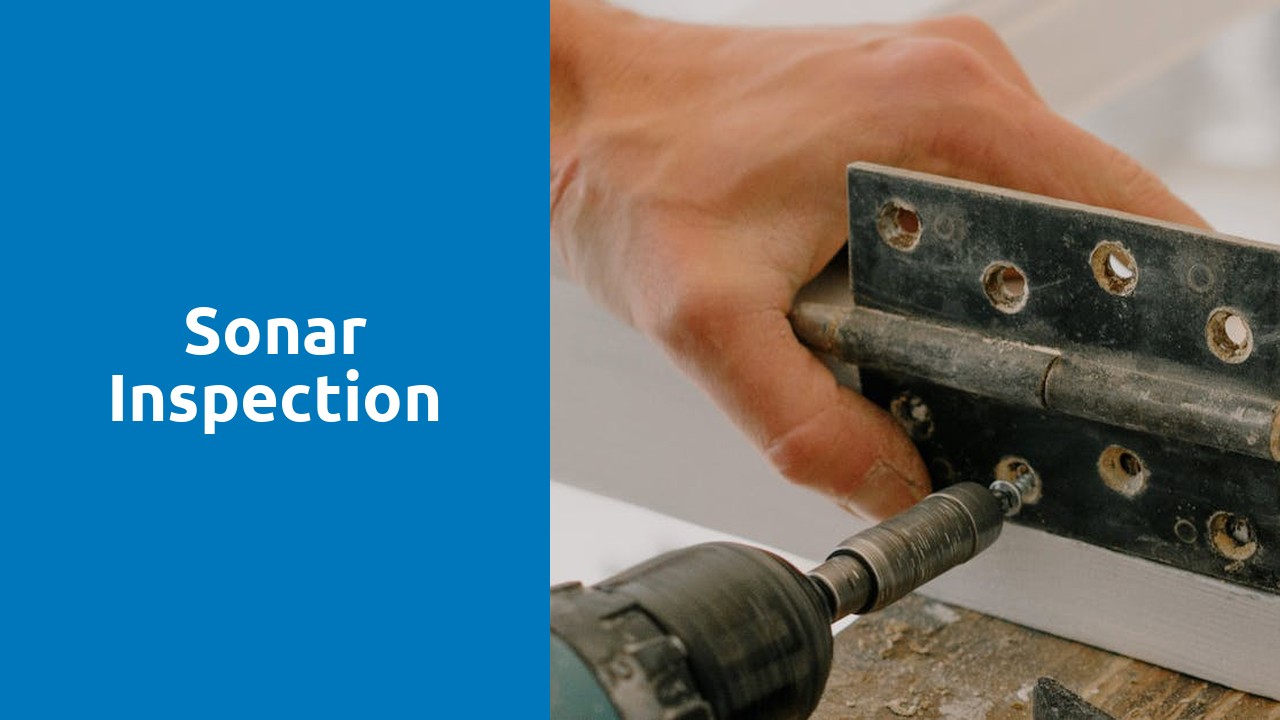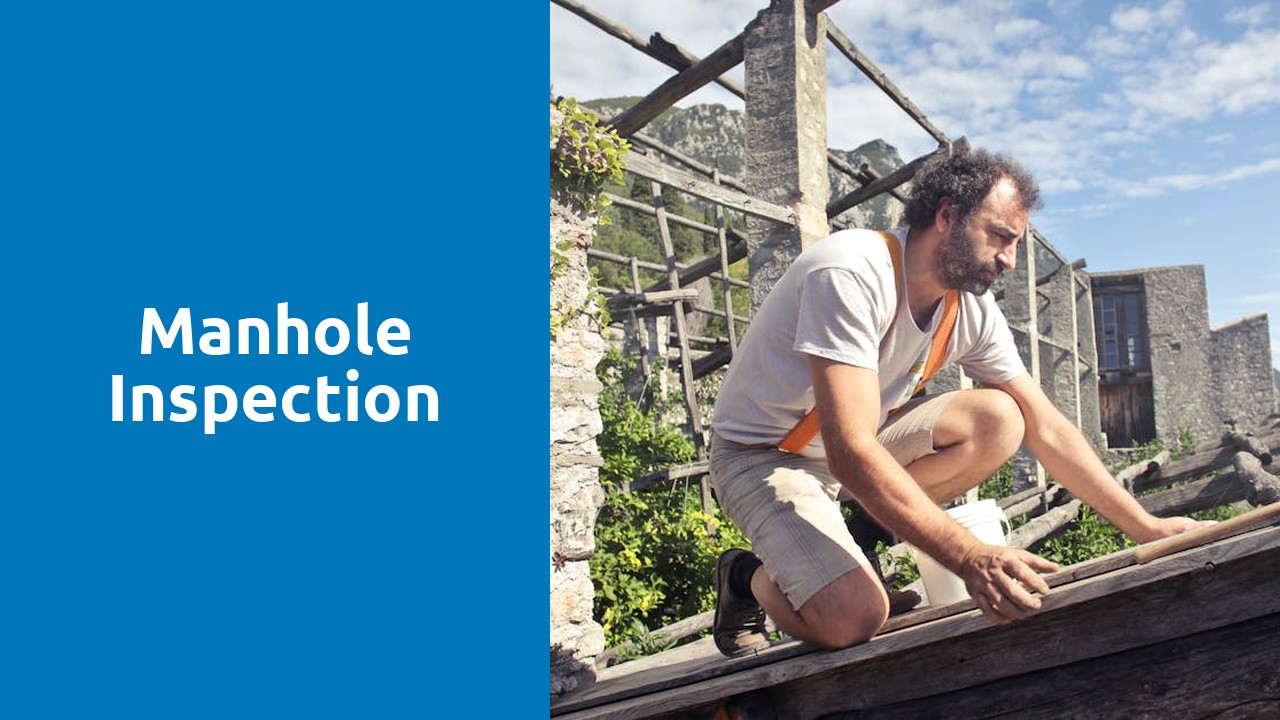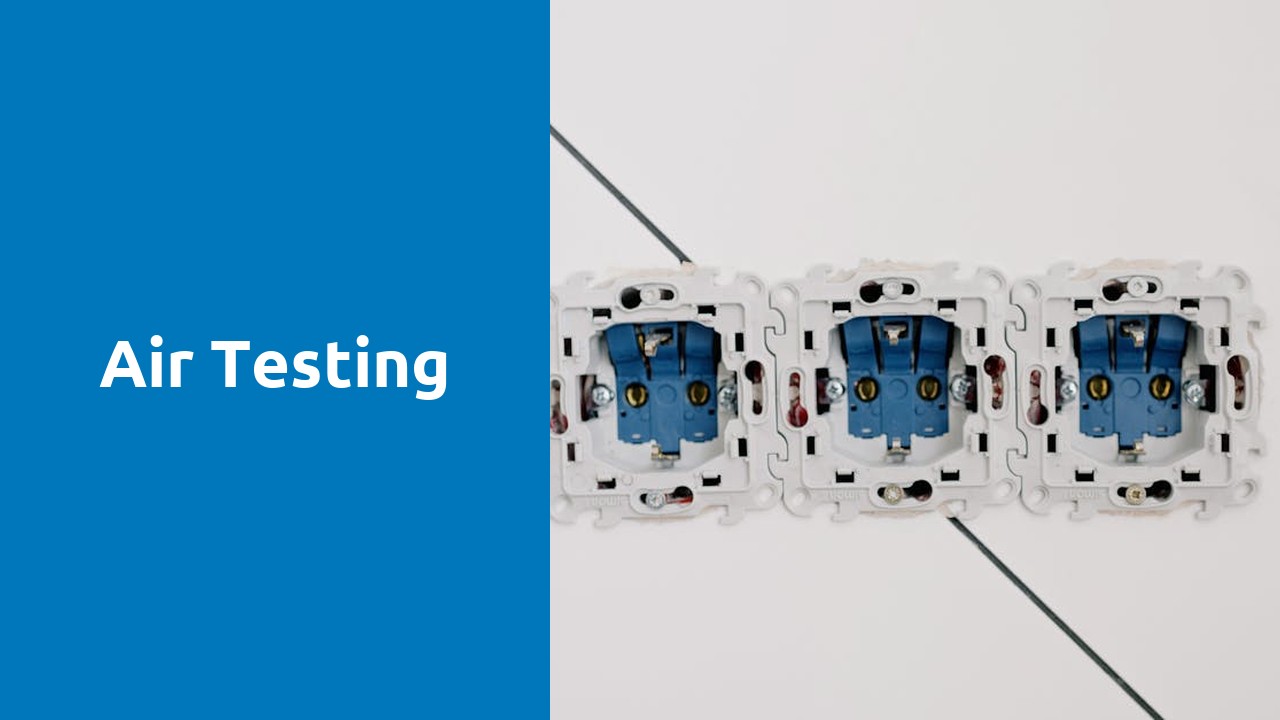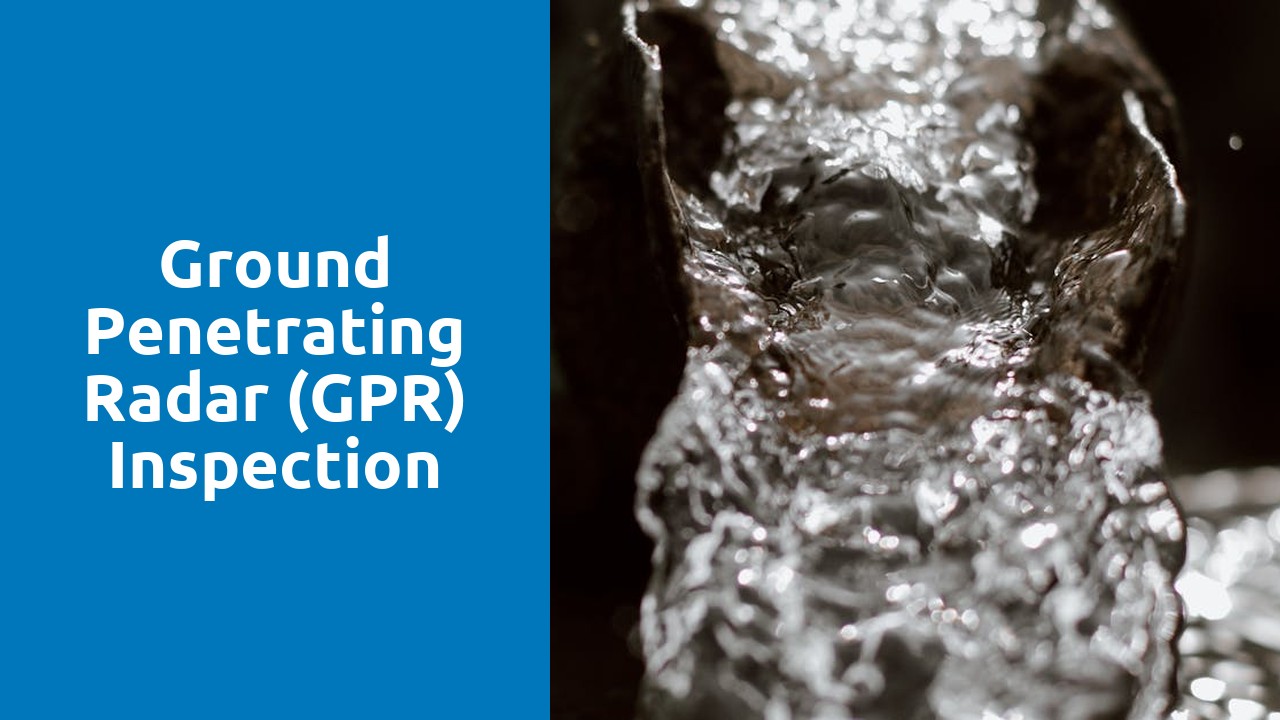
Table Of Contents
Isolation Testing in Software Development
Isolation testing plays a crucial role in the realm of software development, ensuring that individual components of a system function independently without interference from external factors. This type of testing is essential for identifying and addressing potential issues that may arise when integrating different modules or services within a software application. By isolating specific components and testing them in isolation, developers can pinpoint and resolve any bugs or conflicts that may impact the overall performance and functionality of the system.
A practical example of the significance of isolation testing can be seen in the context of a large-scale project such as the Fairhill Road Village Historic District, Cleveland Sewer line installation and repair. In this scenario, implementing isolation testing would allow the development team to thoroughly examine each module or feature of the software system before integrating them into the larger infrastructure. By conducting rigorous testing in isolation, developers can proactively detect and rectify any potential glitches or malfunctions, ultimately ensuring a smoother integration process and a more robust software solution.
What are the key considerations for implementing isolation testing in agile environments?
Isolation testing in agile environments requires careful planning and execution to ensure its effectiveness. One key consideration is the selection of appropriate tools and technologies that align with the agile development process. Teams should also establish clear objectives and criteria for conducting isolation testing to measure its impact on the overall project success. Additionally, communication and collaboration among team members are essential to seamlessly integrate isolation testing into the agile workflow. By fostering a culture of transparency and feedback, teams can leverage isolation testing to identify and address issues early in the development cycle.
Another important aspect to consider when implementing isolation testing in agile environments is the allocation of resources and budget. It's crucial to allocate sufficient time and manpower to conduct thorough testing while maintaining the project timeline. Moreover, teams must prioritize the most critical components or features for isolation testing based on risk assessment and customer impact. By incorporating automated testing processes and continuous integration practices, teams can streamline the testing phase and accelerate the delivery of high-quality products. In essence, the successful implementation of isolation testing in agile environments hinges on strategic planning, effective resource management, and a proactive approach to quality assurance.
Case Studies on Isolation Testing
Isolation testing has proven to be a crucial component in the software development process for many companies seeking to enhance their product quality. For instance, a software development firm in Nottingham utilized isolation testing during the implementation phase of a critical client project. By isolating specific modules within the application, the team was able to identify and rectify potential issues before full integration, leading to a smoother overall deployment process and higher customer satisfaction.
Similarly, a company specializing in sewer line installation and repair in Cleveland incorporated isolation testing into its quality assurance procedures. By isolating various components of their software tools used for project management and data analysis, they were able to pinpoint vulnerabilities and streamline performance. This enabled the company to deliver more reliable services to their clients and maintain a competitive edge in the market.
How has isolation testing helped companies identify critical issues in their products?
Isolation testing has proven to be a crucial tool for companies in identifying critical issues within their products. By isolating specific components or modules of the software for testing, companies can uncover defects or vulnerabilities that may have otherwise gone undetected during broader testing phases. For instance, a software development firm in Nottingham used isolation testing to pinpoint a crucial flaw in their payment processing module that was causing frequent delays in transaction processing. Similarly, a company specializing in Cleveland sewer line installation and repair found that isolation testing helped them identify a bug in their scheduling algorithm that was causing disruptions in their service timelines.
Furthermore, isolation testing has enabled companies to enhance the reliability and performance of their products by uncovering hidden issues early in the development process. A tech startup in Silicon Valley leveraged isolation testing to detect a memory leak in their mobile app that was causing frequent crashes on certain devices. This proactive approach not only led to a more stable application but also helped them maintain a positive user experience. As companies continue to prioritize quality assurance and seamless user experiences, the role of isolation testing in identifying and rectifying critical issues remains paramount in the software development lifecycle.
Future Trends in Isolation Testing
As software development continues to evolve, the future of isolation testing holds promising advancements. One notable trend is the increased integration of artificial intelligence (AI) in isolation testing methodologies. AI's ability to analyze vast amounts of data quickly and identify complex patterns can significantly enhance the efficiency and effectiveness of isolation testing processes. Companies are exploring AI-driven approaches to uncover hidden defects and vulnerabilities in their software products that traditional testing methods might overlook. Additionally, AI can facilitate predictive analysis to anticipate potential weaknesses before they escalate into critical issues, thereby streamlining the development cycle and improving overall product quality. For instance, in the context of Lincoln Heights, Cleveland Sewer line installation and repair, incorporating AI into isolation testing can preemptively detect faults in the software used for managing maintenance schedules and resource allocation, ensuring optimal performance and minimizing service disruptions.
How is artificial intelligence influencing the evolution of isolation testing methodologies?
Artificial intelligence (AI) is revolutionizing various industries, and isolation testing in software development is no exception. AI's impact on the evolution of isolation testing methodologies is profound. By leveraging AI tools and algorithms, software developers can streamline the testing process, identify critical issues more efficiently, and enhance the overall quality of their products. For instance, companies like Lincoln Heights, Cleveland Sewer line installation and repair have integrated AI into their isolation testing protocols, allowing them to detect intricate defects and vulnerabilities that could have been easily overlooked with traditional testing methods.
Moreover, AI enables predictive analysis in isolation testing, forecasting potential issues before they arise and providing developers with valuable insights to preemptively address these challenges. This proactive approach not only saves time and resources but also significantly reduces the likelihood of bugs slipping into the final product. As technology continues to advance, the integration of AI in isolation testing methodologies is expected to become more sophisticated, empowering software teams to deliver robust and resilient applications that meet the highest quality standards.
FAQS
What is isolation testing?
Isolation testing is a software development testing technique where individual components or units of code are tested independently to identify and resolve defects.
Why is isolation testing important in software development?
Isolation testing is important because it helps in detecting defects early in the development process, ensures the reliability of individual components, and allows for easier debugging and troubleshooting.
What are the key considerations for implementing isolation testing in agile environments?
Key considerations for implementing isolation testing in agile environments include defining clear boundaries for each unit to be tested, automating test cases, integrating testing into the development pipeline, and ensuring quick feedback loops.
How has isolation testing helped companies identify critical issues in their products?
Isolation testing has helped companies identify critical issues in their products by enabling them to pinpoint the exact source of defects, facilitate easier collaboration among development teams, and improve the overall quality and stability of the software.
How is artificial intelligence influencing the evolution of isolation testing methodologies?
Artificial intelligence is influencing the evolution of isolation testing methodologies by enabling predictive analysis of potential defects, enhancing test automation capabilities, and providing insights for optimizing testing strategies in complex software systems.




